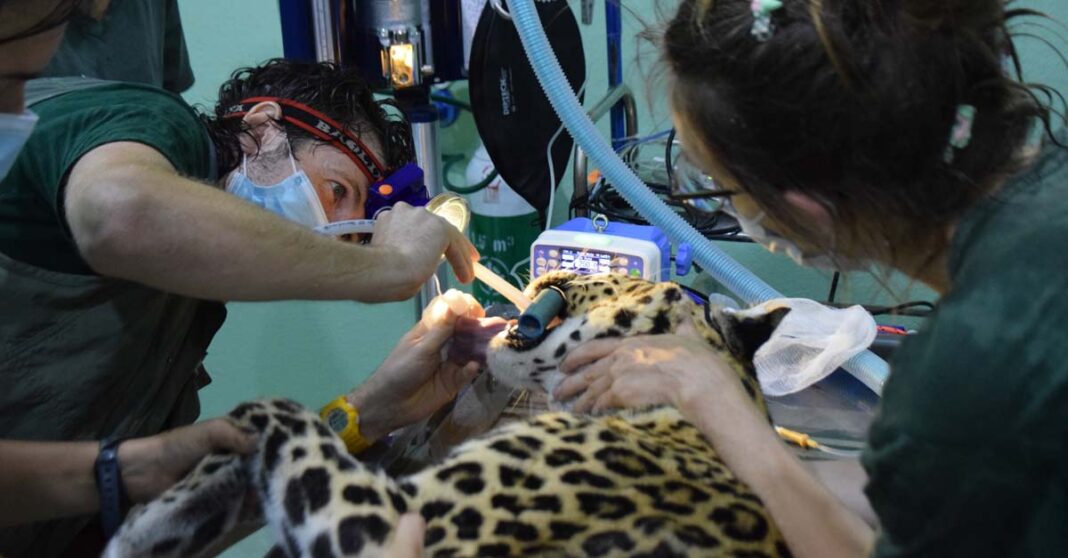The Lao Conservation Trust for Wildlife has announced that it may need to release animals back into the wild as part of the process of relocation to a new facility.
The wildlife conservation center, which is currently occupying the site of the original Lao Zoo in Ban Keun, Vientiane Province, says it will be moving the animals to a new location over the next two years.
“We have a plan to relocate from our current location to a new location with a more suitable natural environment for wildlife conservation and breeding activities,” the center posted on its Facebook page.
“We are in the process of securing land for the new center and then will begin to build basic infrastructure, animal enclosures, animal hospital, office, staff houses, and others to support wildlife conservation activities based on international standards,” it said.
The original Lao Zoo was established in 1994 by a Lao-Thai family. Wanting to improve their facilities and help in the conservation and protection of the native flora and fauna of Laos, the family enlisted the help of Southeast Asian wildlife NGOs to form the Lao Conservation Trust for Wildlife.
But sources report that the original Lao Zoo site was leased from the state, and the land may not be available for wildlife efforts into the future.
“Regrettably, we will not be able to relocate all 400 of our resident animals to our new site. We will, however, come up with the best solution for each of the animals we are not able to take with us, whether that is transferring to another organization or releasing them back into the wild,” the center said in its Facebook post.
The Lao Conservation Trust for Wildlife was instrumental in the confiscation and rehabilitation of a large number of endangered species being kept as exotic pets.
Such animals are routinely released back into the wild, however, those that do not meet the criteria for release are kept at the center where they can live among others of their own kind, receiving world-class veterinary care in species-specific enclosures with specially made diets.



